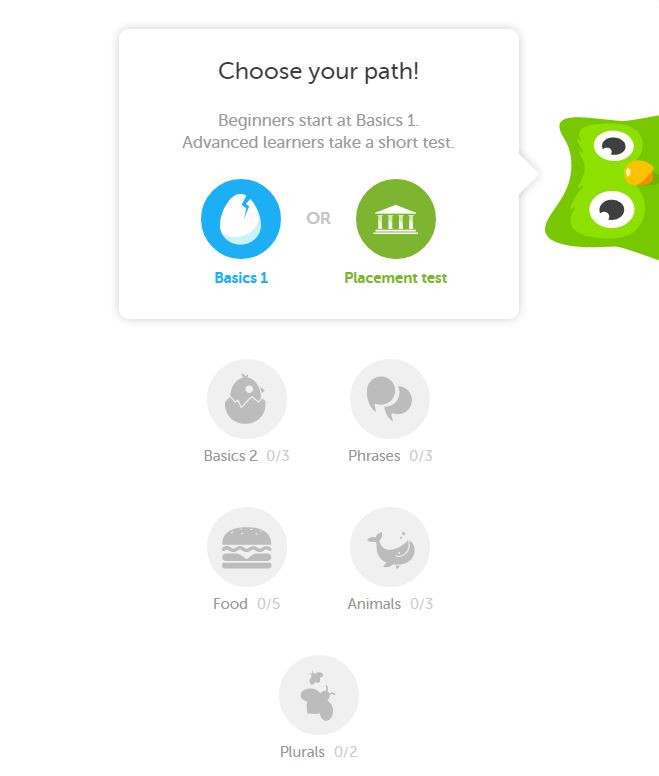Language Learning, Propelled by Big Data
The way we communicate has changed drastically since the advent of the web, and that applies to communication in any language, with or without a written script. For example, video calls, which were once the subject matter of sci-fi movies, are now made by millions every day. Innovations in this area are still springing up — take Talko, a very recent startup that brings teams and individuals together with mixed-media group calls. In short, we use language in situations and ways unprecedented in history.
But what about acquiring a language? Has the way we learn changed much, or at all? Study materials have become abundant and free, but a typical language course in 1950 didn’t look much different from the university standard today. On the flip side, though, there are language learning apps like Duolingo (and perhaps a few others) to take into account as they try to change the age-old process.
 Duolingo is an app that offers to learn a number of languages for free. It was founded by Luis von Ahn who stands behind the famous CAPTCHA and reCAPTCHA technologies. Now the app has over 30 million registered users that learn one or more of the nine languages available on the website, and the efficiency of the app has been proved by an independent study.
Duolingo is an app that offers to learn a number of languages for free. It was founded by Luis von Ahn who stands behind the famous CAPTCHA and reCAPTCHA technologies. Now the app has over 30 million registered users that learn one or more of the nine languages available on the website, and the efficiency of the app has been proved by an independent study.
Instead of displaying of in-app advertisements for revenues, Duolingo has language learners translate documents and news articles, most notably for Buzzfeed and CNN, on a contract basis. The project itself has grown to the point where they have handed much control over to volunteers who create language courses themselves.
Duolingo’s data-driven approach separates them from the rest. Due to users’ successes and failures being constantly recorded, charted and mapped, they have access to accurate and actionable data. For example, the developers know how many people have given up on learning and then try to lower that number with small changes. In the case of learning English for Spanish natives, for example, they noticed that the English “it” causes them problems, and thus it was subsequently moved to a later part of the course.
Duolingo are also in a position where they can smooth the process continuously with smaller segments of their huge database with A/B testing, refining the language acquisition process. They can also measure and upgrade the efficiency methodology: flashcards with pictures intuitively work better, but only they have access to data to gain bulletproof insights about the way we learn. Sadly, not that much is available on the topic at the company blog.
The largest problem with such courses, as with all online education, is that completion rates are incredibly low. The Duolingo app does a lot of handholding to counter that, but even if the method is very effective, sometimes the better part of the motivation comes from shelling out a few hundred for an offline course.
By Lauris Veips





